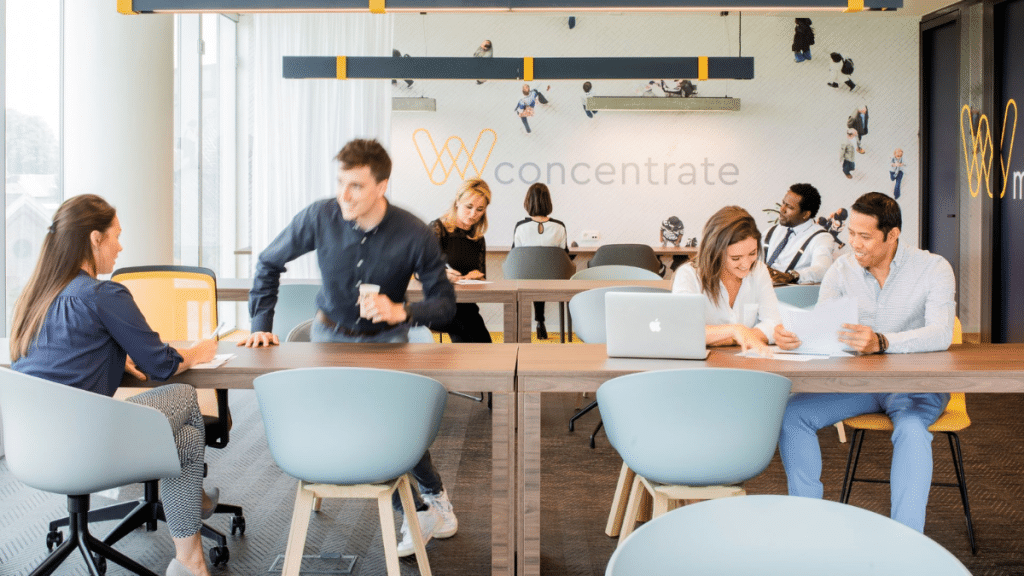Over the past few years, organizations have redefined their approach to managing talent. The emphasis has shifted from offering competitive salaries and outlining job roles to fostering meaningful employee experiences, promoting connection, growth, and well-being. As companies increasingly recognize the strong link between employee satisfaction and outcomes like productivity and retention, the demand for tools that provide real-time feedback and actionable insights has surged. That’s why many businesses are now adopting employee experience management software for improving workplace culture. This technology enables HR teams to systematically track engagement, understand employee needs, and implement changes that enhance the work environment.
Why the Employee Experience Matters More Than Ever
Today’s workforce expects more than just a paycheck. Employees want purpose, flexibility, recognition, and growth opportunities. Failing to meet these expectations often results in disengagement, quiet quitting, or outright attrition. For organizations, this creates not only morale issues but also tangible business problems—from reduced output to higher hiring costs. A strong employee experience strategy ensures that companies stay in tune with their people’s needs, creating a workplace culture that supports both individuals and business goals.
In this context, experience management is not just an HR trend—it’s a strategic imperative. As hybrid and remote work models become the norm, maintaining a strong connection with employees requires more than hallway conversations or annual surveys. Companies need reliable, data-driven systems that make employee feedback part of the organizational rhythm.
How Technology Enables Continuous Listening
One key function of any experience-focused platform is the ability to listen at scale. Instead of relying on occasional check-ins or outdated engagement surveys, modern systems provide real-time feedback mechanisms. These tools allow employees to share how they feel about their workload, team dynamics, leadership, and workplace culture on an ongoing basis.
The benefit of this approach is immediacy. Organizations no longer need to wait until the end of the quarter—or worse, until exit interviews—to uncover underlying issues. Continuous listening allows them to identify trends, take action quickly, and prevent small problems from becoming major challenges.
Creating a Culture of Responsiveness
Gathering feedback is just the beginning. Employee experience systems truly make an impact through their ability to help managers and leadership take meaningful action. These platforms typically offer dashboards and analytics that break down sentiment by team, location, role, or tenure, making it easier to target interventions where they’re needed most.
When feedback leads to real change, trust grows. Employees see that their input matters and that the company is invested in making improvements. This responsiveness strengthens culture and encourages ongoing participation in the feedback process. It becomes a cycle that reinforces itself: listen, act, improve, repeat.
Supporting Inclusive and Personalized Experiences
Another powerful advantage of digital experience tools is their capacity to support personalization. Different employees have different motivators, goals, and challenges. A one-size-fits-all approach to engagement often leaves people behind. Experience software helps surface insights that allow companies to tailor programs to better serve the diversity of their workforce.
For instance, the data might reveal that younger employees value career development opportunities, while more tenured staff are looking for recognition and flexibility. With this level of understanding, HR teams can build initiatives that actually resonate—and more importantly, that drive results.
Moreover, these systems can highlight disparities in experience based on demographic or identity data, helping organizations identify and correct inequities in areas such as promotion, performance review, or access to learning.
Improving Communication and Transparency
Communication plays a central role in how employees feel about their workplace. When people understand the “why” behind decisions and feel informed about what’s happening across the company, they’re more likely to feel connected and aligned with broader goals.
Experience platforms often include features that promote transparency, like publishing summarized survey results, sharing action plans, or highlighting feedback themes. These systems can also serve as a hub for two-way dialogue, making it easier for employees to voice concerns or ideas and for leaders to respond in a timely and visible way.
This transparency fosters a more cohesive, trusting environment where feedback becomes part of the culture rather than an occasional event.
Driving Performance Through Engagement
There’s a well-documented link between engagement and performance. Teams that are more engaged tend to collaborate better, innovate more, and stay with the company longer. But engagement isn’t something that can be achieved through posters or slogans—it’s the result of feeling heard, valued, and supported.
Experience systems help managers understand what their teams need, contributing to better leadership practices. They support regular conversations around goals, recognition, and development, all of which lead to improved individual and team outcomes. Over time, this contributes to higher productivity, stronger loyalty, and a more resilient organization.
Making Better Decisions with Better Data
In a competitive business environment, gut instincts are no longer enough, especially when it comes to managing people. Employee experience platforms provide the data organizations need to make informed decisions. Whether it’s deciding how to roll out a new benefits program or understanding the impact of a policy change, companies can rely on actual employee feedback rather than assumptions.
This data-driven approach improves employee experience and aligns people practices with business strategy. Leaders can quantify the ROI of their engagement efforts and identify the levers that most influence retention, satisfaction, and performance.
Final Thoughts
Workplaces are evolving, and with them, the expectations employees bring to the table. Organizations that recognize this shift—and that commit to actively listening and responding—will build stronger cultures and more successful teams. While no software can replace empathy or leadership, the right tools can amplify both.
In modern work environments, where agility, alignment, and connection matter more than ever, experience management software is no longer optional. It’s the foundation for a workplace where people can truly thrive.
